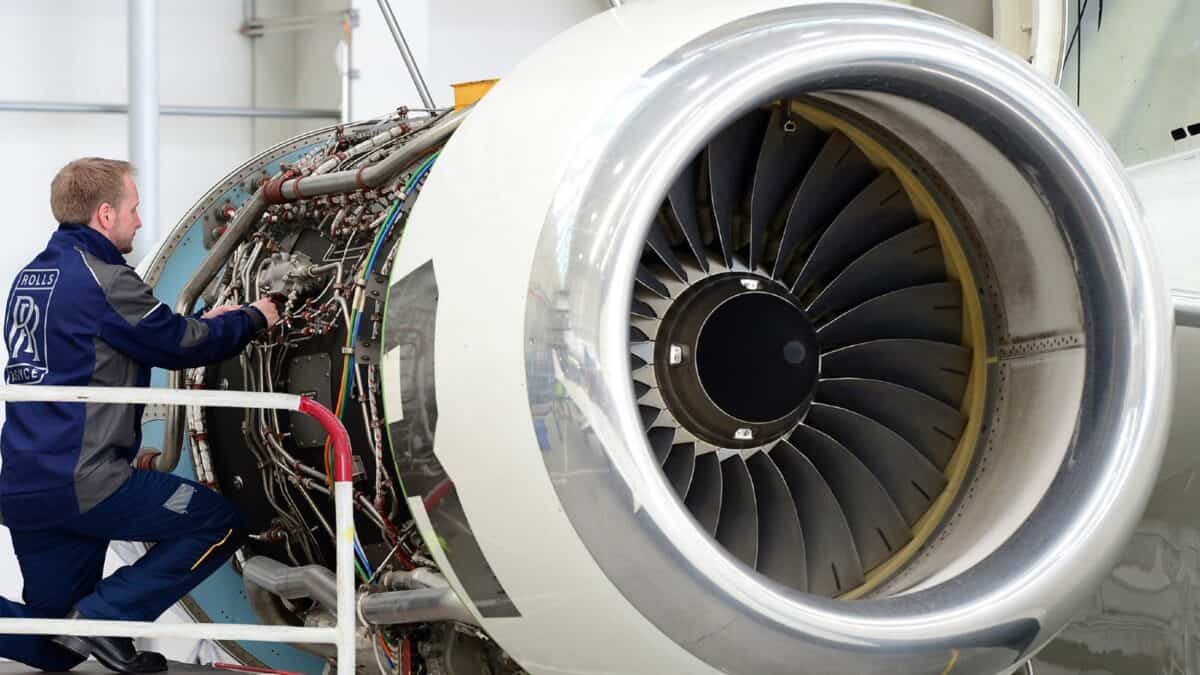Despite performing extraordinarily well over the past 18 months, I still believe Rolls-Royce (LSE:RR) could reward investors handsomely going forward.
In recent years, Rolls-Royce has been transformed from a company that just kept on underperforming to one that continually beats expectations.
Some of this can be put down to the leadership Tufan Erginbilgiç who has overseen a turnaround akin to football’s Xabi Alonso at Bayer Leverkusen.
Passive income stocks: our picks
Do you like the idea of dividend income?
The prospect of investing in a company just once, then sitting back and watching as it potentially pays a dividend out over and over?
If you’re excited by the thought of regular passive income payments, as well as the potential for significant growth on your initial investment…
Then we think you’ll want to see this report inside Motley Fool Share Advisor — ‘5 Essential Stocks For Passive Income Seekers’.
What’s more, today we’re giving away one of these stock picks, absolutely free!
Let’s take a closer look at why I still believe Rolls-Royce can go higher?
Business is booming
Rolls-Royce’s guidance for the financial year 2024 puts operating profit between £1.7bn and £2bn. If we take the midpoint of those two numbers, that’s 16% ahead of 2023. This growth is being driven by the civil aerospace aftermarket and higher cost efficiency for the group.
Over the past 15 months, Rolls has seen volume growth across all areas of the business as well as margin expansion resulting from a well-implemented pricing strategy and an efficiency drive.
With engine flight hours expected to increase beyond pre-pandemic levels in 2024, free cash flow should come in around £1.7bn-£1.9bn. In turn, this would represent nearly 50% growth versus the year just gone.
And this all builds on a very strong 2023, during which civil aviation revenue leapt 29% to £7.5bn, defence revenue grew 12% £4.5bn, and power systems revenues jumped 16% to £4bn.
These improving results have also given the business confidence to set itself some ambitious goals going forward.
Rolls’s mid-term targets, as set in November, include seeing operating profit reach £2.5bn-£2.8bn over the next five years, obtaining an operating margin of 13-15%, and hitting free cashflow of £2.8bn-£3.1bn.
Under-appreciated growth
For 2023, while statutory earnings per share came in at 28.8p. Meanwhile underlying earnings — a more accurate reflection of profitably — came in at 13.8p. As such, we can see that Rolls-Royce is trading at 27.9 times earnings from the last year.
Basic earnings per share are expecting to rise to 17.1p in 2025 and 20.1p in 2026. In turn, the price-to-earnings ratio fall to 22.5 times in 2025 and then 19.1 times in 2026.
This makes it a little more expensive that RTX, which trades at 14.9 times earnings for 2025. And cheaper than General Electric, which trades at 26.7 times 2025 earnings.
So yes, there are risks when investing in a company that’s currently expensive but is expected to grow. Of course, it may never live up to expectations. However, these consensus estimates tend to be about right. It’s unlikely we’d be too far out.
Not only does Rolls-Royce offer better growth than its peers, it’s also quite unique in that it operates in sectors with high barriers to entry. General Electric isn’t dissimilar, but I think Rolls’ economic moat is stronger.
Personally, I think it’s one of the strongest stocks in my portfolio.






